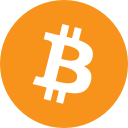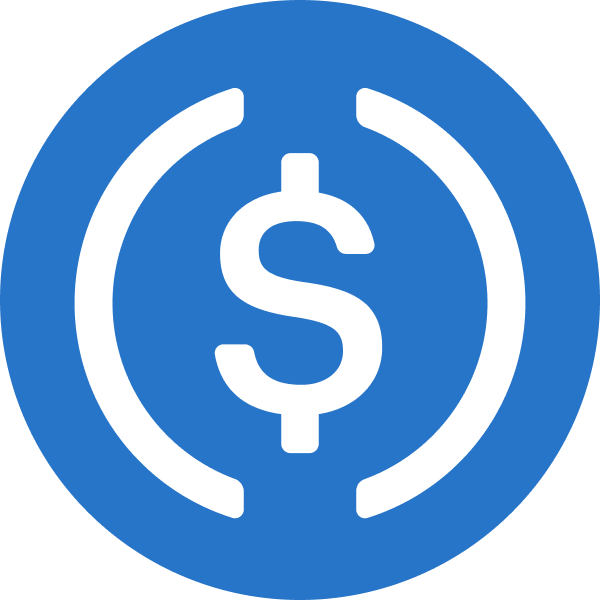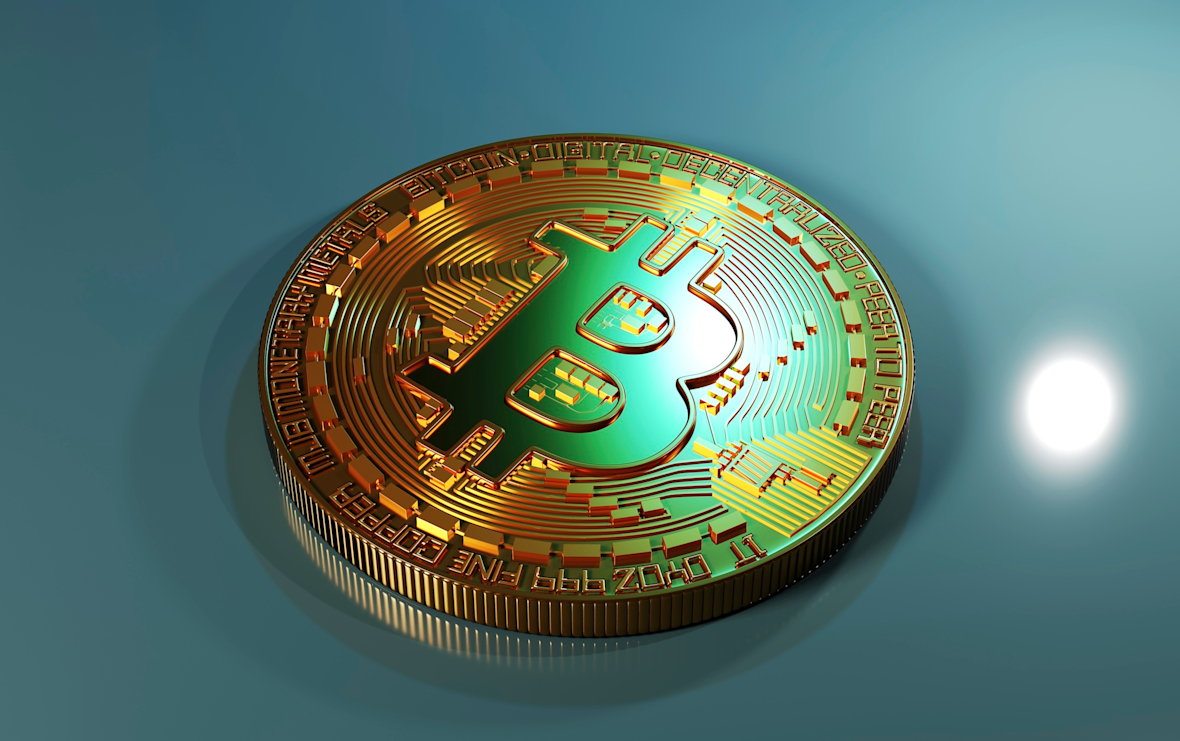The Ethereum economy is on the move. Beyond ETH itself, tokens across the Ethereum ecosystem are rallying. The Ethereum scaling protocol Polygon saw its native token
MATIC rise
35% in the past month, crossing the $1 mark for the first time since last April.
OP, the native token of the layer-2 network Optimism, is up
about 40% in the past month — with a 40% gain in
monthly active users over that same period.
Uniswap, the decentralized exchange that is Ethereum’s
most popular app by far, has seen prices for its native token spike by 150% in the past month following a
governance proposal that paved the way for holders to earn staking rewards.


























































